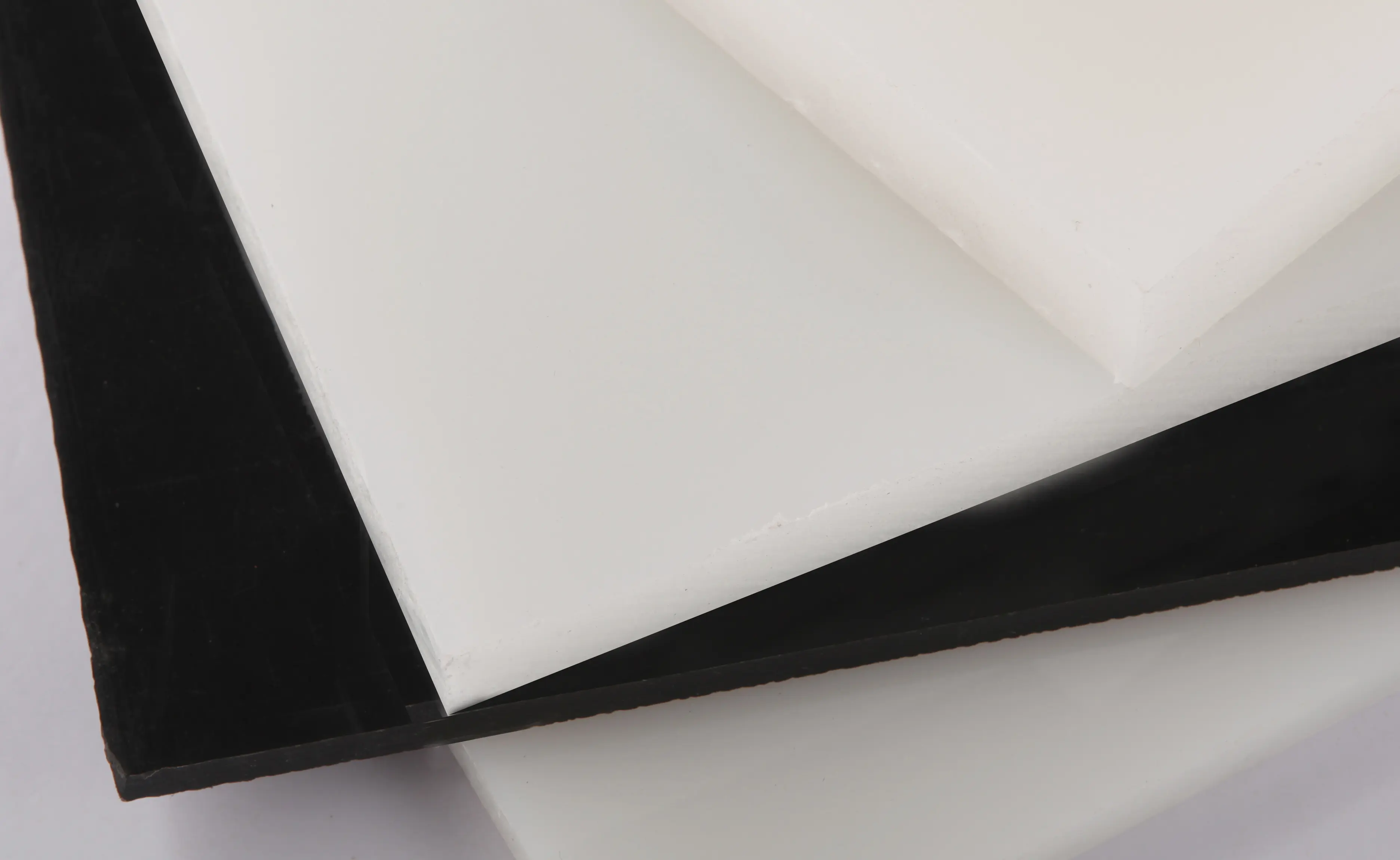des. . 04, 2024 15:29 Back to list
Understanding Pipe Fittings and Their Essential Role in Plumbing Systems
Understanding Pipe Fittings Essential Components of Plumbing Systems
Pipe fittings are integral components in plumbing systems that facilitate the connection, control, and direction of fluid flow in various applications. These fittings are crucial for ensuring the effective transport of liquids and gases in residential, commercial, and industrial environments. Understanding the different types of pipe fittings and their applications can help both professionals and DIY enthusiasts make informed decisions in their plumbing projects.
Types of Pipe Fittings
Pipe fittings come in several varieties, each designed for specific functionalities. The most common types include
1. Elbows These fittings are used to change the direction of the piping, typically at a 90-degree or 45-degree angle. Elbows are essential for guiding the flow of fluids through complex plumbing systems.
2. Tees A tee fitting allows for the branching of the pipeline. It has three openings—one for the incoming pipe and two for outgoing pipes, enabling the distribution of fluid to multiple directions.
3. Couplings Couplings are used to connect two segments of pipe together, effectively extending the length of the piping system. There are different types of couplings, including slip couplings, which slide over the pipe ends, and threaded couplings, which screw onto the pipes.
4. Adapters These fittings are employed to connect pipes of different types or sizes. For instance, a male adapter has external threads to connect to female threaded pipes, enabling compatibility between different plumbing materials.
5. Caps and Plugs Caps are used to seal the end of a pipe, while plugs serve similar purposes but can be inserted into a fitting to block flow. These fittings are crucial for ensuring system integrity during maintenance or when a section of the pipe is not in use.
Materials Used in Pipe Fittings
pipe fitting

The choice of material for pipe fittings is imperative, as it influences the durability, compatibility, and performance of the plumbing system. Common materials include
- PVC (Polyvinyl Chloride) Lightweight and resistant to corrosion, PVC fittings are widely used for water supply and drainage systems.
- CPVC (Chlorinated Polyvinyl Chloride) Similar to PVC but can withstand higher temperatures, CPVC is ideal for hot water systems.
- Metal Fittings made from copper, brass, and stainless steel are known for their strength and longevity, making them suitable for high-pressure applications.
- PEX (Cross-linked Polyethylene) This flexible material is increasingly popular for residential plumbing due to its ease of installation and resistance to scale and chlorine.
Installation and Maintenance
Proper installation and maintenance of pipe fittings are crucial for the longevity and efficiency of plumbing systems. It is essential to follow manufacturer guidelines and local plumbing codes during installation to prevent leaks and ensure a secure fit.
Regular inspections and maintenance can help identify potential issues before they escalate. Checking for signs of wear, corrosion, or leaks allows homeowners and plumbers to address problems proactively, maintaining the system’s integrity and performance.
Conclusion
In summary, pipe fittings are fundamental components in plumbing systems, serving various functions essential for fluid transport. Understanding the different types of fittings, their materials, and proper installation techniques can significantly impact the effectiveness and reliability of plumbing networks. Whether for a home renovation project or industrial application, choosing the right pipe fittings and ensuring their proper use is vital for achieving a well-functioning plumbing system.
-
Premium Glossy PP Rigid Sheet – Durable & Versatile
NewsAug.07,2025
-
High-Quality HDPE Sheet | Durable Plastic Panels
NewsAug.06,2025
-
High-Precision PVC Rigid Sheets for Vacuum Forming | AI-Optimized
NewsAug.05,2025
-
Durable PVC-M Water Supply Pipes | 60-Year Life
NewsAug.04,2025
-
Premium HDPE Water Supply Pipes: Durable & Leak-Proof
NewsAug.03,2025
-
Premium PVC-M Water Supply Pipe - Durable & Efficient
NewsAug.02,2025

